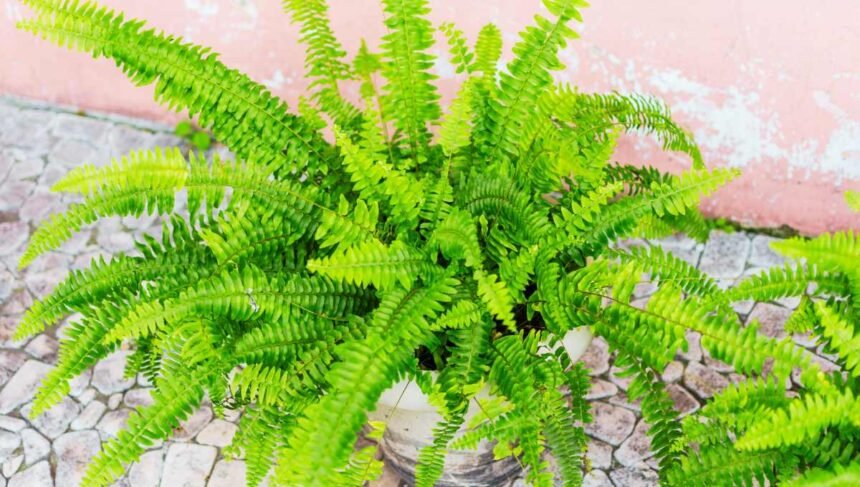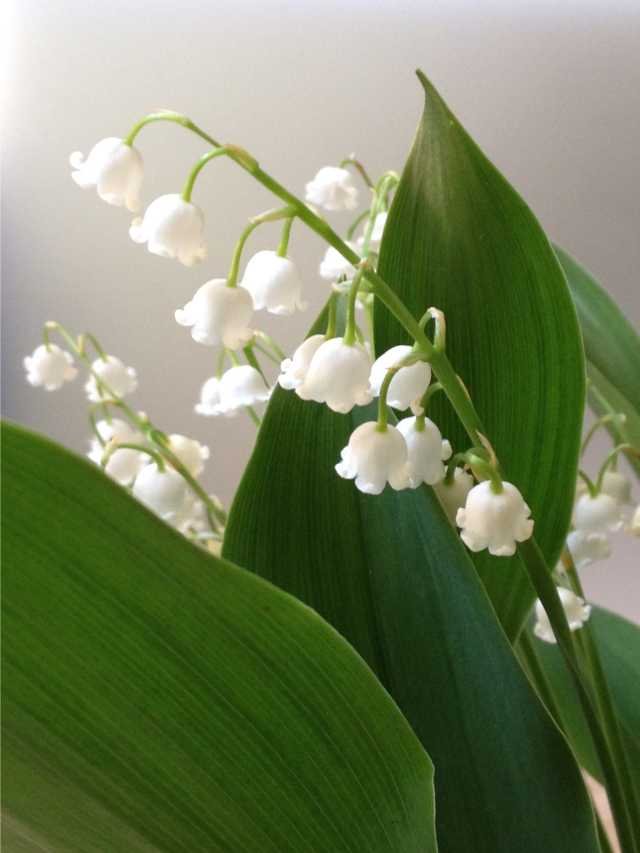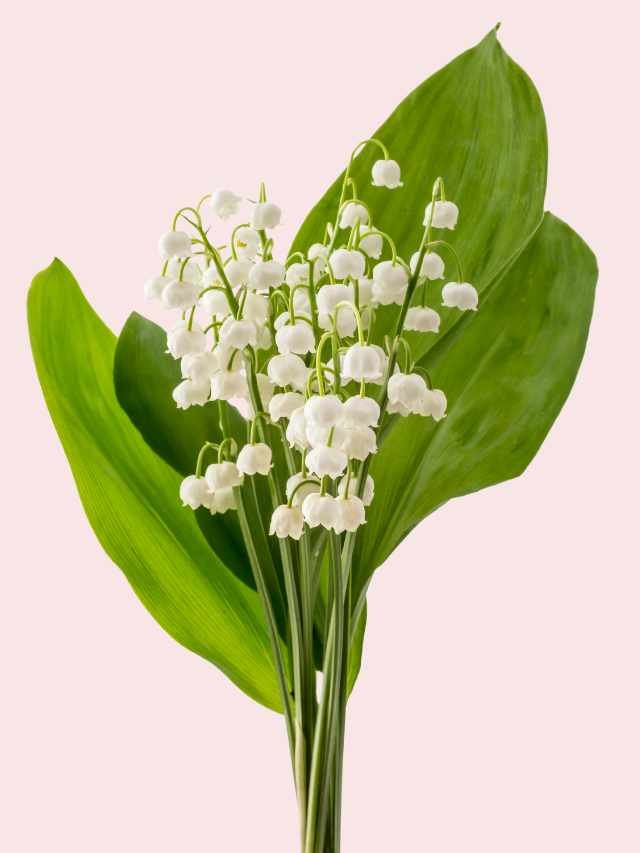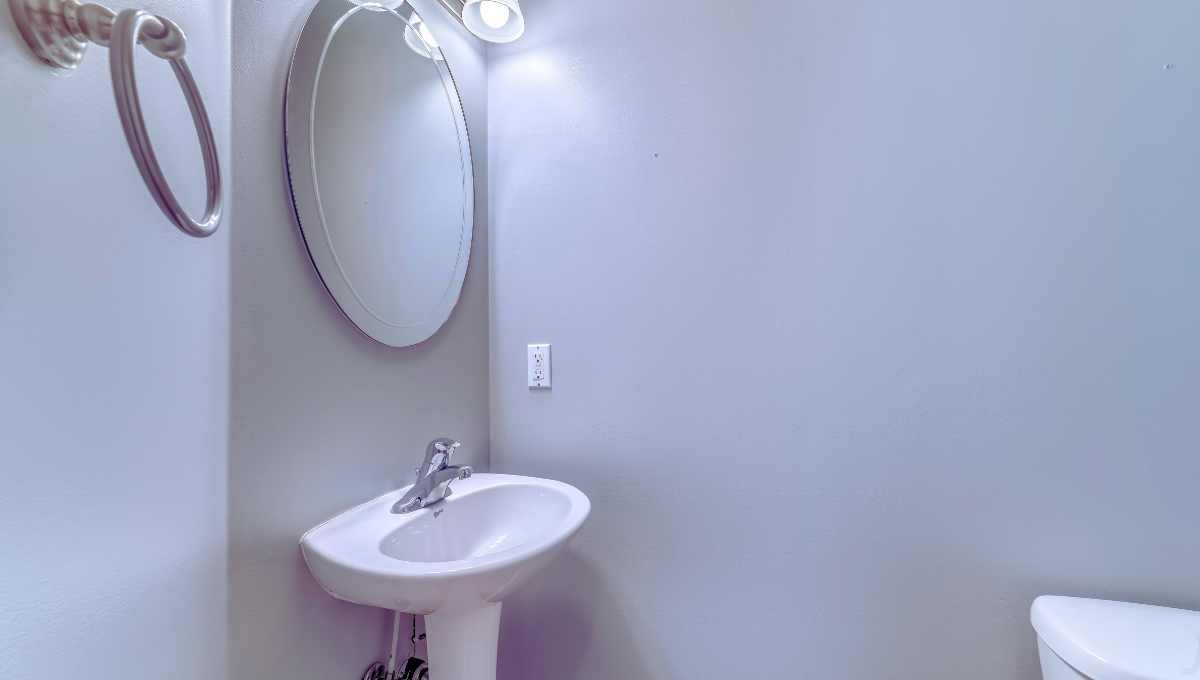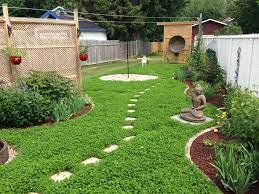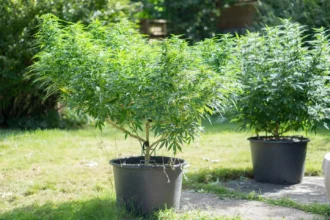Ferns are lush, green, and beautiful houseplants that can add a touch of nature to any indoor space. With their delicate fronds and vibrant colors, fern plants are a popular choice for many plant enthusiasts.
Whether you’re a seasoned gardener or a beginner, growing and caring for ferns can be a rewarding experience.
In this article, I’ll explore everything you need to know about fern plants, from their ideal growing conditions to proper care and maintenance.
| Common Name | Botanical Name | Family | Plant Type | Mature Size | Soil Type | Soil pH | Hardiness Zones | Native Area |
|---|---|---|---|---|---|---|---|---|
| Boston Fern | Nephrolepis exaltata | Nephrolepidaceae | Herbaceous Perennial | 2-3 ft tall, 3-6 ft wide | Well-draining, humus-rich | Acidic | 9-11 | Tropical regions |
| Maidenhair Fern | Adiantum spp. | Pteridaceae | Herbaceous Perennial | 1-3 ft tall, 1-2 ft wide | Well-draining, humus-rich | Acidic | 5-9 | Various regions |
| Bird’s Nest Fern | Asplenium nidus | Aspleniaceae | Herbaceous Perennial | 2-4 ft tall, 2-3 ft wide | Well-draining, humus-rich | Acidic | 9-11 | Tropical regions |
| Rabbit’s Foot Fern | Davallia spp. | Davalliaceae | Herbaceous Perennial | 1-2 ft tall, 1-2 ft wide | Well-draining, humus-rich | Acidic | 9-11 | Tropical regions |
| Staghorn Fern | Platycerium spp. | Polypodiaceae | Epiphytic Fern | 2-6 ft wide | Well-draining, humus-rich | Acidic | 9-11 | Tropical regions |
Understanding Fern Plants
Before we dive into the specifics of growing and caring for ferns, it’s essential to understand these unique plants better.
What are Fern Plants?
Ferns are ancient plants that have been around for millions of years, long before flowering plants existed. They reproduce through spores rather than seeds and belong to the Pteridophyta family.
Ferns come in various shapes, sizes, and colors, ranging from the delicate maidenhair fern to the towering tree fern.
Types of Fern Plants
Here are some popular types of fern plants that are commonly grown indoors:
- Boston Fern: One of the most recognizable and popular fern plants, the Boston fern is known for its long, arching fronds and lush green foliage.
- Maidenhair Fern: With its delicate, lacy fronds and graceful appearance, the maidenhair fern is a beautiful addition to any indoor space.
- Bird’s Nest Fern: The bird’s nest fern gets its name from its unique growth pattern, where the fronds form a nest-like structure in the center.
- Rabbit’s Foot Fern: With its fuzzy, furry rhizomes that resemble rabbit’s feet, the rabbit’s foot fern is a quirky and interesting choice for indoor gardens.
How to Choose the Right Fern Plant
When selecting a fern plant, consider factors such as the size of your indoor space, the amount of light available, and your personal preferences. Some ferns thrive in low-light conditions, while others require bright, indirect sunlight. Additionally, consider the mature size of the fern to ensure it will fit comfortably in your chosen location.
Setting Up the Ideal Growing Environment
Ferns are relatively low-maintenance plants, but they do have specific environmental requirements to thrive. Here’s what you need to know about creating the perfect growing conditions for your fern plant.
Light Requirements
Most fern plants prefer bright, indirect sunlight. Direct sunlight can scorch their delicate fronds, so it’s best to place them near an east or north-facing window. If you don’t have access to natural light, you can use grow lights or place the fern in a well-lit room.
Temperature and Humidity
Ferns thrive in warm, humid environments. The ideal temperature range for most fern plants is between 65°F and 75°F (18°C to 24°C). They also prefer high humidity levels, around 40% to 50%. If your indoor air is dry, you can increase humidity by placing a pebble tray filled with water near the plant or using a humidifier.
Soil and Potting
Ferns prefer a well-draining, nutrient-rich potting mix. Look for a mix specifically formulated for ferns or create your own by combining equal parts peat moss, perlite, and potting soil. Choose a pot with drainage holes to prevent waterlogging, and ensure the pot is large enough to accommodate the fern’s root system.
Proper Care and Maintenance
Once you’ve set up the ideal growing environment, it’s essential to follow proper care and maintenance practices to keep your fern plant healthy and thriving.
Watering
Ferns prefer consistently moist soil, but they don’t like sitting in water. Water your fern plant when the top inch of soil feels dry to the touch. During the growing season (spring and summer), you may need to water more frequently. In the winter months, reduce watering to prevent root rot.
Fertilizing
Ferns benefit from regular fertilization to replenish the nutrients in the soil. Use a balanced, water-soluble fertilizer diluted to half strength every four to six weeks during the growing season. Avoid fertilizing during the winter months when the plant is dormant.
Pruning and Grooming
Regular pruning and grooming can help maintain the appearance of your fern plant and encourage new growth. Remove any dead or damaged fronds by cutting them off at the base. You can also trim back overgrown fronds to maintain the desired shape and size of the plant.
Pest and Disease Control
Ferns are relatively resistant to pests and diseases, but they can still be susceptible to issues like spider mites, mealybugs, and fungal infections. Regularly inspect your fern plant for any signs of pests or disease and take prompt action to address the problem. You can use insecticidal soap or neem oil for pest control and fungicides for treating fungal infections.
Repotting
As your fern plant grows, it may outgrow its current pot. Repot your fern every two to three years in the spring, using a fresh potting mix and a slightly larger container. This will provide the plant with ample room for its expanding root system and ensure it has access to fresh nutrients.
Common Fern Plant Problems and Solutions
Even with proper care, fern plants can sometimes encounter issues. Here are some common problems and their solutions:
Brown or Crispy Fronds
Cause: Low humidity, dry soil, or too much direct sunlight.
Solution: Increase humidity, water more frequently, and move the plant to a location with bright, indirect light.
Yellowing Fronds
Cause: Overwatering, poor drainage, or nutrient deficiency.
Solution: Adjust watering schedule, ensure proper drainage, and fertilize with a balanced fertilizer.
Wilting or Drooping Fronds
Cause: Underwatering, low humidity, or temperature stress.
Solution: Water thoroughly, increase humidity, and maintain ideal temperature range.
Frond Discoloration or Spots
Cause: Fungal infection, pest infestation, or mineral deficiency.
Solution: Treat with appropriate fungicide or insecticide, and adjust fertilization as needed.
By addressing these common issues promptly, you can help your fern plant recover and continue thriving.
Propagating Fern Plants
If you want to expand your fern collection or share your plants with friends and family, propagation is an excellent option. Ferns can be propagated through division or spores.
Division
Division is the easiest and most common method of propagating fern plants. Here’s how to do it:
- Carefully remove the fern from its pot and gently separate the root ball into smaller sections, ensuring each section has healthy roots and fronds.
- Plant each division in a separate pot filled with fresh potting mix.
- Water the new plants well and keep them in a warm, humid environment until they become established.
Spores
Propagating ferns from spores is a more challenging process, but it can be rewarding for experienced gardeners. Fern spores are tiny and require specific conditions to germinate and develop into mature plants.
- Collect spores from the underside of mature fronds when they are mature and ready to release.
- Sow the spores on a sterile potting mix and cover with a clear plastic lid or bag to maintain humidity.
- Provide bright, indirect light and maintain consistent moisture until the spores germinate and develop into small fern plantlets.
- Once the plantlets have developed enough roots and fronds, transplant them into individual pots.
With patience and the right techniques, you can successfully propagate your fern plants and enjoy their beauty for years to come.
Conclusion
Fern plants are a wonderful addition to any indoor space, bringing a touch of nature and elegance to your home or office.
By understanding their specific growing requirements and following proper care and maintenance practices, you can enjoy the lush, vibrant beauty of these ancient plants.
Whether you’re a seasoned gardener or a beginner, growing and caring for fern plants can be a rewarding and enjoyable experience.
With this comprehensive guide, you now have the knowledge and tools to successfully cultivate and propagate these captivating plants, filling your indoor spaces with their vibrant green hues and delicate fronds.
Frequently Ask Questions
Can fern plants be grown from store-bought ferns?
Yes, you can propagate new fern plants from store-bought ferns using division or spores.
Do fern plants need to be misted regularly?
While ferns prefer high humidity, regular misting may not be necessary if you provide a humid environment using a pebble tray or humidifier.
Can fern plants survive in low-light conditions?
Some fern varieties, like the Boston fern, can tolerate low-light conditions, but most ferns prefer bright, indirect sunlight for optimal growth.
How often should I repot my fern plant?
Fern plants typically need to be repotted every 2-3 years to refresh the soil and provide more room for growth.
Can fern plants be grown outdoors?
Many fern species can be grown outdoors in shaded areas with high humidity, but they may require protection from direct sunlight and frost during extreme weather conditions.
Are fern plants toxic to pets?
Most common fern varieties, such as Boston ferns and maidenhair ferns, are non-toxic to pets, but it’s always best to research the specific species before introducing them to your home.
How do I prevent my fern plant from getting pests?
Maintain proper growing conditions, avoid overwatering, and regularly inspect your fern plant for early signs of pests. Use insecticidal soap or neem oil for pest control if necessary.

